Published On 30 Sep 2025
Galatasaray vs Liverpool 1-0: UEFA Champions League
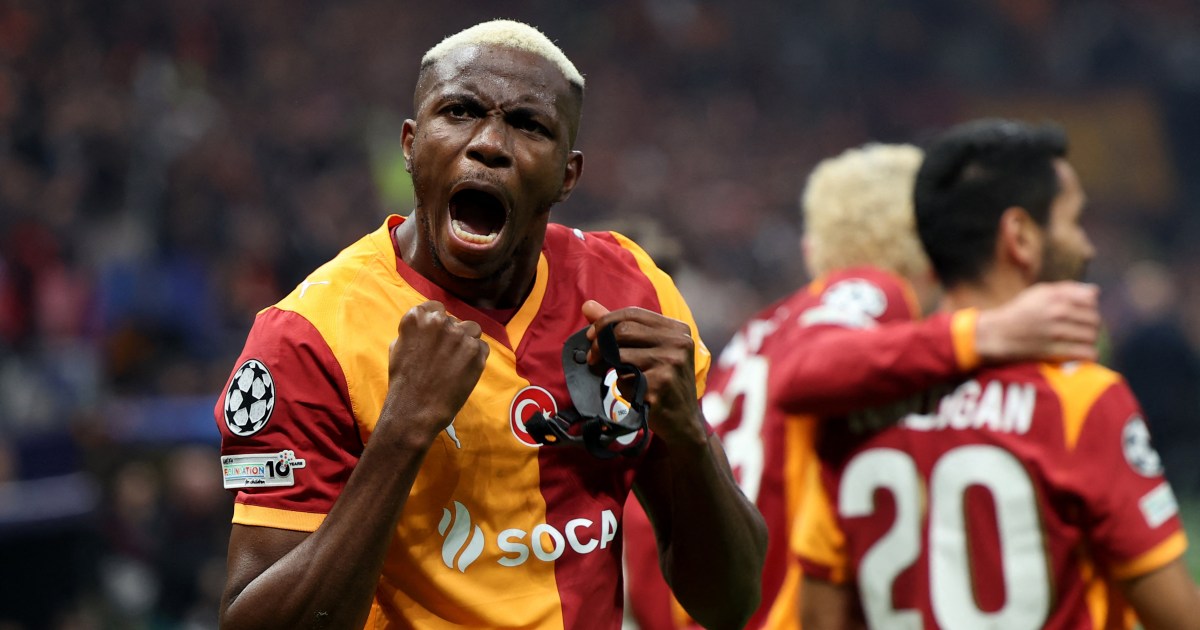

Published On 30 Sep 2025
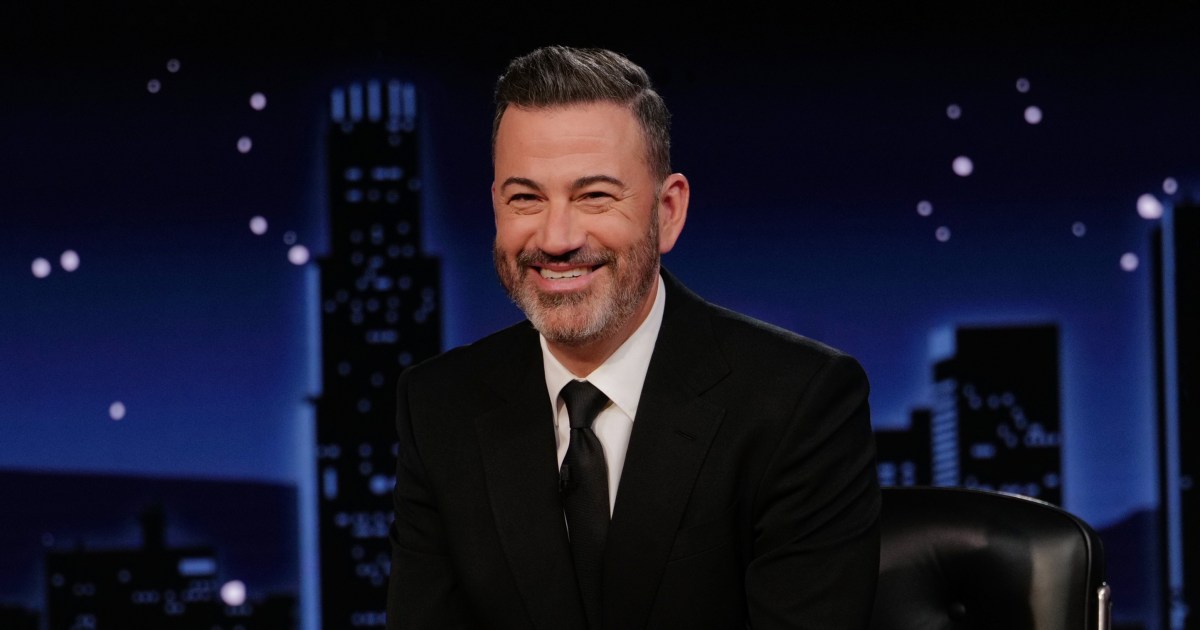
Jimmy Kimmel, the late-night talk show host, was suspended on September 17 for his remarks regarding Charlie Kirk’s passing. Following widespread upheaval, he was reinstated a few days later.
Kimmel read Donald Trump’s post on Truth Social, saying, “I can’t believe ABC fake news gave Jimmy Kimmel his job back,” in his first return on air.
Kimmel responded, “You can’t believe they gave me my job back,” without a second thought. I find it hard to believe we gave you your job back.
I wanted to know, Jimmy, why not, while the liberal crowd roared appreciatively. I think it’s true.
Kimmel is back on television, and Americans’ liberal elite can breathe a collective sigh of relief. Because it allows them to return to their blissful slumber, ignore reality, cling to cognitive dissonance, denial, ahistorical wishful thinking, and the complicity that is essential to white supremacy within a white supremacist order, not because liberals and their Democratic Party have learned from the incident and used it as an opportunity to galvanise meaningful opposition to Trump’s authoritarian surge.
Liberals don’t actually consider Trump and his supporters to be a significant threat. They believe the pendulum will eventually swing back to the trustworthy liberal system after a brief period of time.
Liberals don’t even share the policy tenets of Trump’s core, in fact. After all, both the right-wing and liberal elites are devoted servants of empire, giving it a veneer of humanitarianism.
Both organizations back policies that perpetuate the oppression of the poor and underrepresented populations, including extractivism and militarism abroad and labor exploitation, mass incarceration, militarised policing, censorship, and corruption through corporate donations. With discussions of diversity, rule of law, and human rights, the liberals have put their spin on all of these.
The liberals have focused on the left as the biggest threat, while supporting the right. They have attacked it not only within the partisan ranks, but they have also ignored attempts by the right to obstruct it. The revolutionary left, which is the only real threat to the current capitalist oppressive system, is being marginalized.
Liberals frequently ignore challenges to fundamental freedoms and rights, including the right to protest and the right to free speech.
The liberal establishment has thus contributed to the spread of fascism both domestically and internationally.
The US’s descent into fascism is illustrated by the suppression of the struggle for freedom, equality, and justice in Palestine.
Liberal leaders promoted the two-state solution and an endless “peace process” that supported and justified apartheid and disenfranchisement in Palestine even before the genocide that Israel committed in Gaza. By continuing to give Israel military aid and offering unreserved support for its more brutal and bloody massacres against the Palestinian population, they kept the American weapons manufacturers happy.
In line with a political consensus to combat resistance to US/Israeli criminality, the liberal Democrats introduced and supported anti-boycott, divestment, and sanctions (BDS) laws and resolutions across Congress and state legislatures, along with their Republican counterparts. Additionally, they backed the false definition of anti-Semitism used by the International Holocaust Remembrance Alliance (IHRA), which targets and targets principled opposition.
Liberals and the Biden administration continued to run interference for Israel while further undermining international law as Palestinian civilians were subjected to carpet bombing, torture, kidnapping, and starvation at the start of the genocide. It supported harsh crackdowns on anti-genocide protesters, which may have cost Democrats the election, and silenced Palestinian voices at the Democratic National Convention.
Trump’s authoritarian policies were laid the groundwork for this crackdown on dissent against the US-Israeli genocide.
The Republican-aligned Heritage Foundation unveiled “Project Esther” in October 2024, a strategic blueprint designed to sabotage anti-colonial resistance by vilifying activism, scholarship, and higher education as a whole, prior to Trump taking office.
Liberals are still holding themselves accountable for their roles in the current predicament, but these Orwellian measures are already fully in motion.
The liberal establishment of today is repeating a tragic farce while opportunistically marginalizing left-wing policies and rolling out the red carpet for the right, effectively stifling the wheels of the fascist rollercoaster.
German liberals struck similar agreements with reactionary elites in the 1920s and the early 1930s, putting socialism, the loss of some privileges, as a greater threat than fascism, and elevating “order” and “peace” above justice. Adolf Hitler’s rise, which culminated in World War II, was aided by their support of communist and anarchist targets.
Trump waltzes boldly as he trashes the US Constitution while the coy and cautious US liberals of today are content with the status quo and shy away from confrontation. Today’s liberals are joining in silencing and scapegoating the left in place of challenging reactionaries, much like Weimar liberals did when they tiptoed around fascism until it was too late.
Even as Trump begins to violate the unspoken rule of the US ruling class, which is to steal from anyone, just don’t cannibalize your own, is still in effect.
Nothing in the liberal mindset has changed since Trump’s first term, as demonstrated by Dave Chappelle and Chris Rock’s iconic Saturday Night Live skit after his first election, where Trump watches the results come in for him. Chappelle deadpans, “Oh my God, I think America is racist,” as a shocked white liberal sighs. “You know, I remember my great-grandfather told me something like that. Like, he was a slave or something.
Despite his numerous flaws, Trump is able to accurately acknowledge the duplicity, corruption, and weakness of liberal politics.
After Kimmel was reinstated, he retorted on Truth Social, saying, “Why would they want someone back who plays 99% of the Democrat GARBAGE and is so poorly, who isn’t funny, and who puts the Network in danger?” See how we fare. When I pursued them, I received 16 million dollars. Even more lucrative seems to be this one. A truly “lot of losers”
The audience chuckled more than usual.
The liberals are once more blatantly causing chaos by applauding and laughing at the chaos while placating the political parties’ campaign funds.
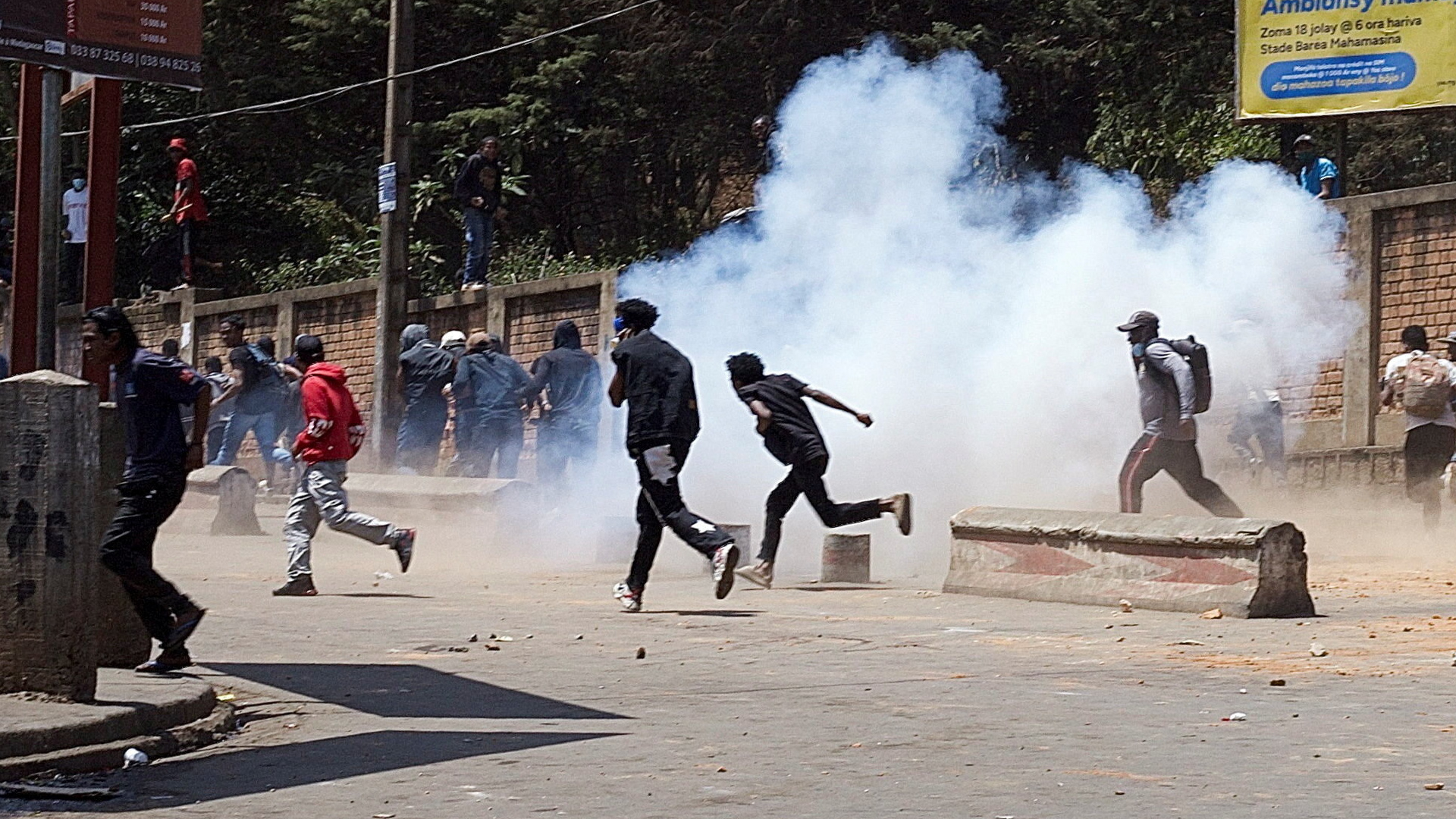
According to the UN, Madagascar’s president hasdissolved his country in response to youth-led mass protests that have resulted in the deaths of at least 22 people.
Published On 30 Sep 2025
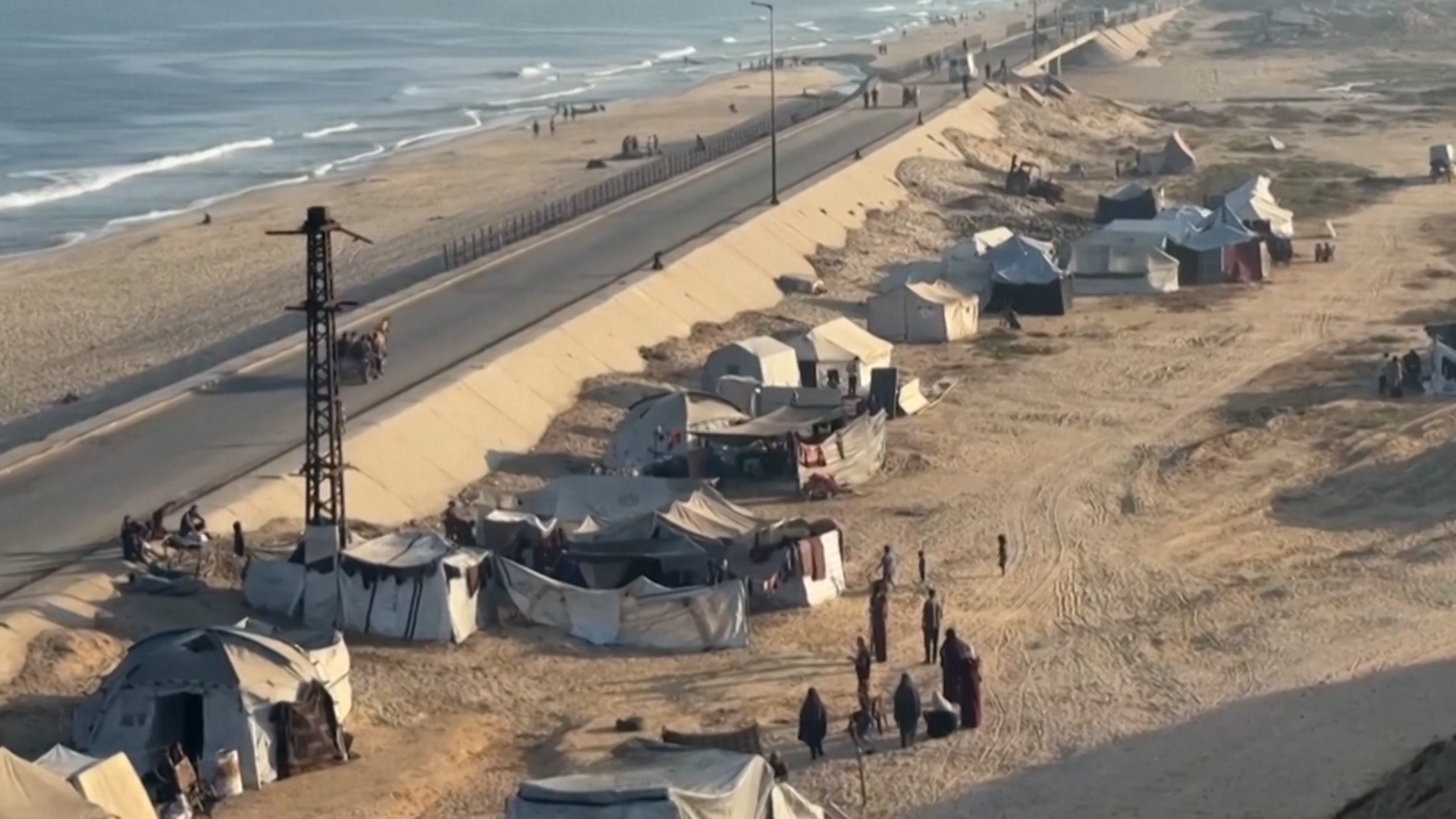
They “want to make it a Trump resort.” Palestinians in Gaza have been protesting US President Donald Trump’s 20-point plan to end Israel’s occupation of the region.
Published On 30 Sep 2025
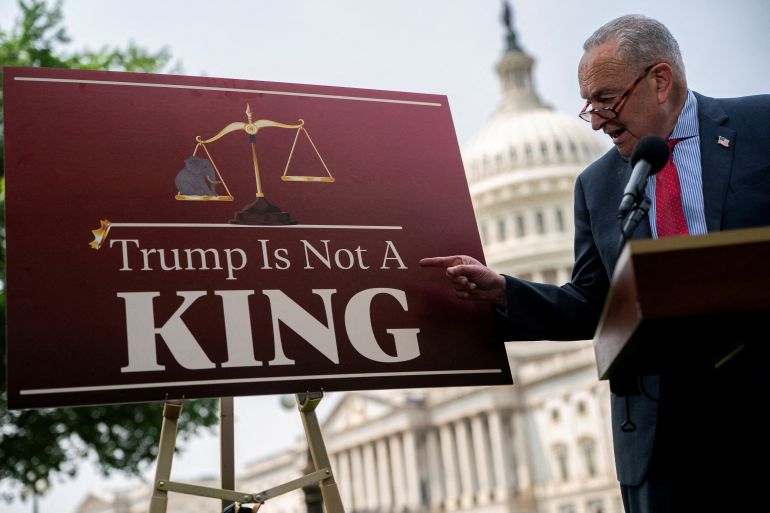
The United States government will shut down on Wednesday if Democrats and Republicans in Congress cannot reach an agreement on a vital funding bill.
The shutdown could temporarily halt some US government services and put the salaries of government employees on hold – or even end them altogether.
list of 4 itemsend of list
While it has been normal practice to place staff on “furlough” during previous government shutdowns – meaning they are reinstated and receive back pay once the government is up and running again – this time, the Trump administration is threatening to fire people permanently.
The new fiscal year for the federal government begins on October 1, but Congress has not agreed on a necessary short-term funding bill.
Republicans control both chambers of Congress.
In the Senate, Republicans hold 53 seats and Democrats, 47. The Republicans have fallen short of the 60 votes needed to pass legislation. The Senate majority leader is Republican John Thune, and the minority leader is Democrat Chuck Schumer.
In the House of Representatives, Republicans hold 220 seats and Democrats hold 212. The House speaker is Republican Mike Johnson, the majority leader is Republican Steve Scalise, and the minority leader is Democrat Hakeem Jeffries.
The disagreement is over a short-term spending bill introduced by the Republicans, lays out the funding of government operations until November 21. Without it, the government cannot function.
The main stumbling block is continued funding for the Affordable Care Act, also called Obamacare, which is popular with voters and enables low-income people to access healthcare, John Owens, an emeritus professor of US government and politics at the University of Westminster in London, told Al Jazeera.
Democrats are refusing to back the Republican bill unless Republicans undo recent cuts to Medicaid enacted under Trump’s “One Big Beautiful Bill” in July.
Democrats additionally want to extend special tax credits that reduce the cost of health insurance for Americans. These credits are set to expire later this year.
Therefore, Senate Democrats have proposed a range of alternatives, including a seven- to 10-day funding bill, along with other possible measures that could run concurrently, two Senate Democratic sources told the Reuters news agency on Monday.
Republicans have rejected these proposals, however, and, so far, neither side shows any sign of backing down. Earlier this week, US President Donald Trump cancelled talks with Democratic leaders, deeming their demands “unserious”.
As a result, Congress is in limbo and is not expected to vote on anything this week.
On Monday, congressional leaders left a meeting with Trump without reaching a deal. Schumer and Jeffries have blamed the Republicans for the impending shutdown.
Hours after that meeting, Trump posted an AI-generated, “deepfake” video of Schumer and Jeffries with fabricated audio on his Truth Social platform. It depicts Jeffries wearing a large sombrero and sporting a handlebar moustache while Schumer says, “If we give all these illegal aliens healthcare, we might be able to get them on our side so they can vote for us.”
The video has been condemned by Democrats as a racist dogwhistle alluding to Mexicans. “It’s a disgusting video and we’re gonna continue to make clear bigotry will get you nowhere,” Jeffries said. “We are fighting to protect the healthcare of the American people in the face of an unprecedented Republican assault.”
The disagreement over healthcare funding is far from being resolved. Furthermore, Owens explained that any Senate agreement must also be approved by the House, where Trump’s party has a slim, hard-right majority closely aligned with him. However, some Republicans in the House are also fearful of the effects of the healthcare cuts in their districts.
“With midterm elections due next November, there is tremendous pressure, particularly on electorally vulnerable Republican senators who are also under pressure from Trump to support his cuts,” Owens said.
“Whether the current impasse results in a shutdown remains to be seen. Its effects will depend on its length and the ultimate willingness of Trump and his party, and the Congressional Democrats to reach some kind of compromise.”
Trump himself does not seem optimistic about resolving the impasse. “I just don’t know how we’re going to solve this issue,” CBS News reported, quoting him, on Sunday.
US Vice President JD Vance also warned that the government is heading for a shutdown, blaming Democrats. “I think we’re headed into a shutdown because the Democrats won’t do the right thing,” Vance told reporters after the meeting on Monday.
If Congress does not agree on a short-term funding bill by midnight on Tuesday (04:00 GMT on Wednesday), the shutdown will prompt federal closures at 12:01am on Wednesday (04:01 GMT).
On Tuesday, the crypto-based prediction market, Polymarket, placed the odds of a government shutdown at 86 percent.
A government shutdown happens when a lapse in funding forces parts of the government federal agencies with non-essential functions to cease operations.
Under US law, if the government shuts down, agencies are required to “furlough” – suspend or discharge – their “non-excepted” employees. Once the shutdown is over and operations resume, furloughed employees receive their backdated pay, due to a 2019 bill passed by Congress enshrining this into law.
An “excepted employee” is a US federal civil service employee who “protects life and property”. While excepted employees stay on the job during a government shutdown, they do not get paid until the shutdown ends.
Each agency develops its own plan for the shutdown, deciding which employees will stay and who will be furloughed.
Owens estimated that about 900,000 federal workers would be laid off if the shutdown happens.
Some government work continues during a shutdown. Members of the armed forces, FBI, CIA and air traffic controllers continue to work.
Programmes funded by mandatory spending, such as Social Security and Medicare, also continue during a shutdown.
The US Postal Service, which is not funded by tax money, continues operations during a shutdown.
Yes, most recently during Trump’s first term as president.
Two years into Trump’s first term, in December 2018, Congress could not reach an agreement on federal funding, prompting a 35-day partial shutdown, the longest in modern US history.
This caused the complete or partial shutdown of nine federal departments: Agriculture, Commerce, Homeland Security, Housing and Urban Development, Interior, Justice, State, Transportation and Treasury.
Trump had demanded that Congress give him money for the construction of a border wall between the US and Mexico. The House speaker at the time was Democrat Nancy Pelosi, who did not agree with this. Trump retreated after 35 days. During this standoff, approximately 340,000 of the 800,000 federal workers at affected agencies were furloughed.
During the administration of Democratic President Barack Obama, there was a 16-day government shutdown in October 2013. This shutdown was pushed by hard-right House Republicans who insisted that Obamacare should be blocked in the spending bill. The shutdown was resolved following bipartisan talks in the Senate – again, Republicans’ demands were not met.
The US has also experienced government shutdowns in the 1970s, 80s and 90s, under Democratic President Bill Clinton, Democrat Jimmy Carter and Republican President Ronald Reagan, who experienced eight shutdowns.
This time, the White House’s Office of Management and Budget (OMB) has sent out a memo on September 24 instructing government agencies to prepare for large-scale layoffs of federal workers if the government shuts down. Agencies must send their proposed staff reduction plans to the OMB and notify employees if a shutdown occurs.
This is a more aggressive move compared with previous shutdowns, when furloughed employees would be reinstated after government operations resumed. In this case, these federal employees will be fired permanently and will not be reinstated after government operations are resumed.
Democratic leaders in Congress condemned the memo. “This is an attempt at intimidation,” Schumer wrote in response to the memo on X on September 25. Jeffries responded as well, posting on X on the same day: “We will not be intimidated by your threat to engage in mass firings.”
If the shutdown takes place on Wednesday, the monthly jobs report from the Bureau of Labor Statistics (BLS), which is to be released on Friday, is likely to be delayed because the BLS is one of the agencies to be closed.
Key data about inflation, which was set to be released in mid-October, could also be delayed.
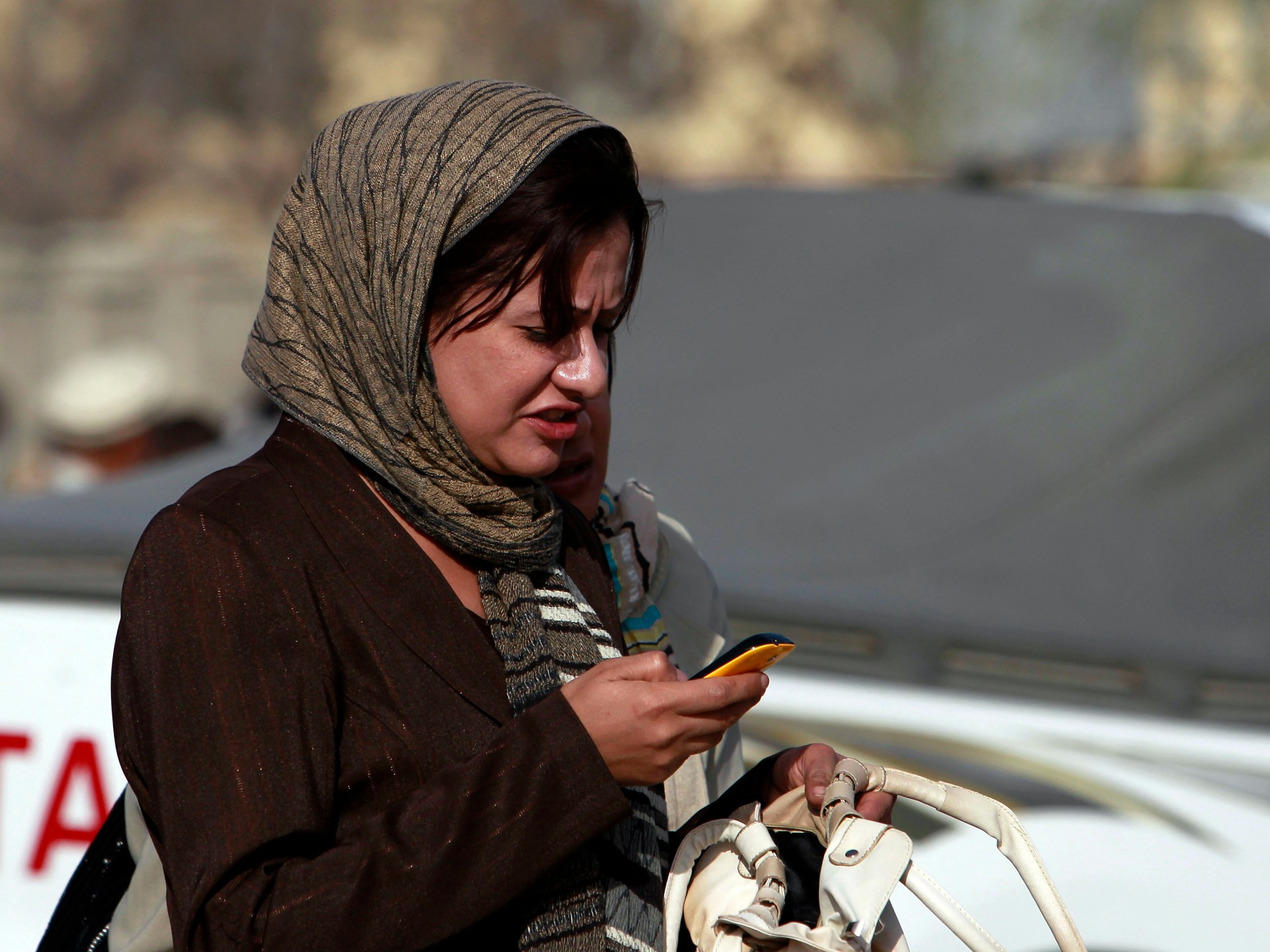
A nationwide telecoms shutdown has been imposed in Afghanistan, as part of a Taliban crackdown on “immoral activities”.
Netblocks, a global internet watchdog, said on Monday that multiple networks in Afghanistan had been disconnected. Telephone services had also been limited, resulting in what Netblocks described as a “total internet blackout” in the nation of 43 million people.
list of 4 itemsend of list
Connectivity was cut in phases on Monday, with the final stage affecting telephone services. In the past, the Taliban have voiced concern about online pornography. And earlier this month, authorities cut fibre-optic links to some provinces, with officials citing morality concerns.
“The incident is likely to severely limit the public’s ability to contact the outside world,” the group added.
This is the first time that the whole of Afghanistan has faced an internet blackout under the hardline Islamist government. It risks cutting off the country, which is in desperate need of humanitarian assistance, just weeks after a devastating, magnitude-6 earthquake in the east of the country.
Earlier this month, the Taliban began to close down internet services. On September 16, the Balkh provincial spokesperson stated that fibre-optic internet had been completely banned in the northern province.
“This measure was taken to prevent vice,” he wrote on social media. At about the same time, restrictions were also reported in the northern provinces of Badakhshan and Takhar, as well as in Kandahar, Helmand, and Nangarhar in the south.
Cloudflare Radar – an international internet traffic monitor – said Kabul had suffered the sharpest municipal drop in internet connectivity, followed by the western city of Herat, and Kandahar in the south.
On Monday, online TV channel TOLOnews reported that the authorities had set a one-week deadline for the shutdown of 3G and 4G internet services for all mobile phones, leaving only the 2G mobile network active.
Telephone services have also been compromised, as they are routed over the internet and share the same fibre-optic cables.
Tolo warned viewers of disruption to its news services and added that the shutdown would affect its own internal operations.
Elsewhere, both The Associated Press (AP) and AFP news agencies said they were unable to contact their bureaus in the capital city, Kabul.
On Tuesday, Al Jazeera attempted to contact people in Kunar, Jalalabad and Kabul by WhatsApp and by phone from outside Afghanistan, but no messages or calls got through.
Afghan citizens living abroad, such as rights activist and journalist Nilofar Ayoubi, report that they have been unable to communicate with family members.
I haven’t been able to reach my mother in Afghanistan for the past nine hours due to the internet blackout. Tonight, I feel just as hopeless and powerless as I did on the night of August 15 , 2021 .. https://t.co/yX4ycP4sMK
Some flights from Kabul airport have been disrupted. According to flight tracking service Flightradar24, nine flights scheduled to depart from or arrive at Kabul International Airport on Tuesday were cancelled. Other flights went ahead as planned.
Even before the Taliban takeover in August 2021, the Afghan economy was fragile. Some 47 percent of the country’s population were living below the poverty line. Unemployment stood at 11.7 percent in 2020, and 34.3 percent of people with jobs were living on less than $1.90 per day, Sheela Samimy, an economist and former director in the Afghan Ministry of Finance, told Al Jazeera at the time.
A telecoms shutdown could well exacerbate Afghanistan’s economic struggles.
Internet platforms – such as Aseel, an online platform enabling Afghan artisans – mostly women – to sell handmade jewellery, carpets and pottery to customers around the world while setting their own prices – are expected to be badly affected by the internet blackout as vendors and customers become unable to connect to these sites.
Aseel also enabled people from overseas to donate humanitarian aid via its website.
Afghans who earn a living via social media platforms such as YouTube will also be affected.
Diplomatic officials told the BBC that the internet shutdown could affect banking systems across the country, in addition to business operations and hospital services.
AFP reported that a government official told it on Monday that the fibre-optic network it relies on for operations would be shut down. “Eight to nine thousand telecommunications pillars” would be shut down, he said, adding that the blackout would last “until further notice”.
Since seizing power in 2021, the Taliban has imposed numerous restrictions on society in line with its strict interpretation of Islamic law. But strictures ordered by the leadership, based in Kandahar, have grown increasingly hardline recently.
Authorities banned Afghan women working for the United Nations from entering its offices in September. This follows prohibitions on women in numerous jobs, while girls were prohibited from attending high school in 2021. Women are now also banned from higher education.
Many women and girls have since relied on online classes provided by educators abroad or by charitable organisations. This latest clampdown on the internet means these opportunities are now also under threat.
The Taliban says it respects women’s rights in line with its interpretation of Islamic law.
But women’s rights activist Sanam Kabiri, an Afghan living in Pakistan, said: “The Taliban are using every tool at their disposal to suppress the people.
“What else do these ignorant men of another century want from our oppressed people?”
On August 31, a devastating magnitude 6.0 earthquake in eastern Afghanistan killed more than 2,200 people and injured some 3,600, according to the Taliban authorities. As rescue efforts persist, hundreds of thousands of people have been displaced.
Women have remained largely absent from earthquake clear-up operations, in large part because the Taliban has barred them from working for nongovernmental organisations operating in the country – which remains highly dependent on humanitarian support.
In many parts of Afghanistan, women may not travel without being accompanied by a male “guardian”, making it harder for women to either receive or provide support in the aftermath of the earthquake.